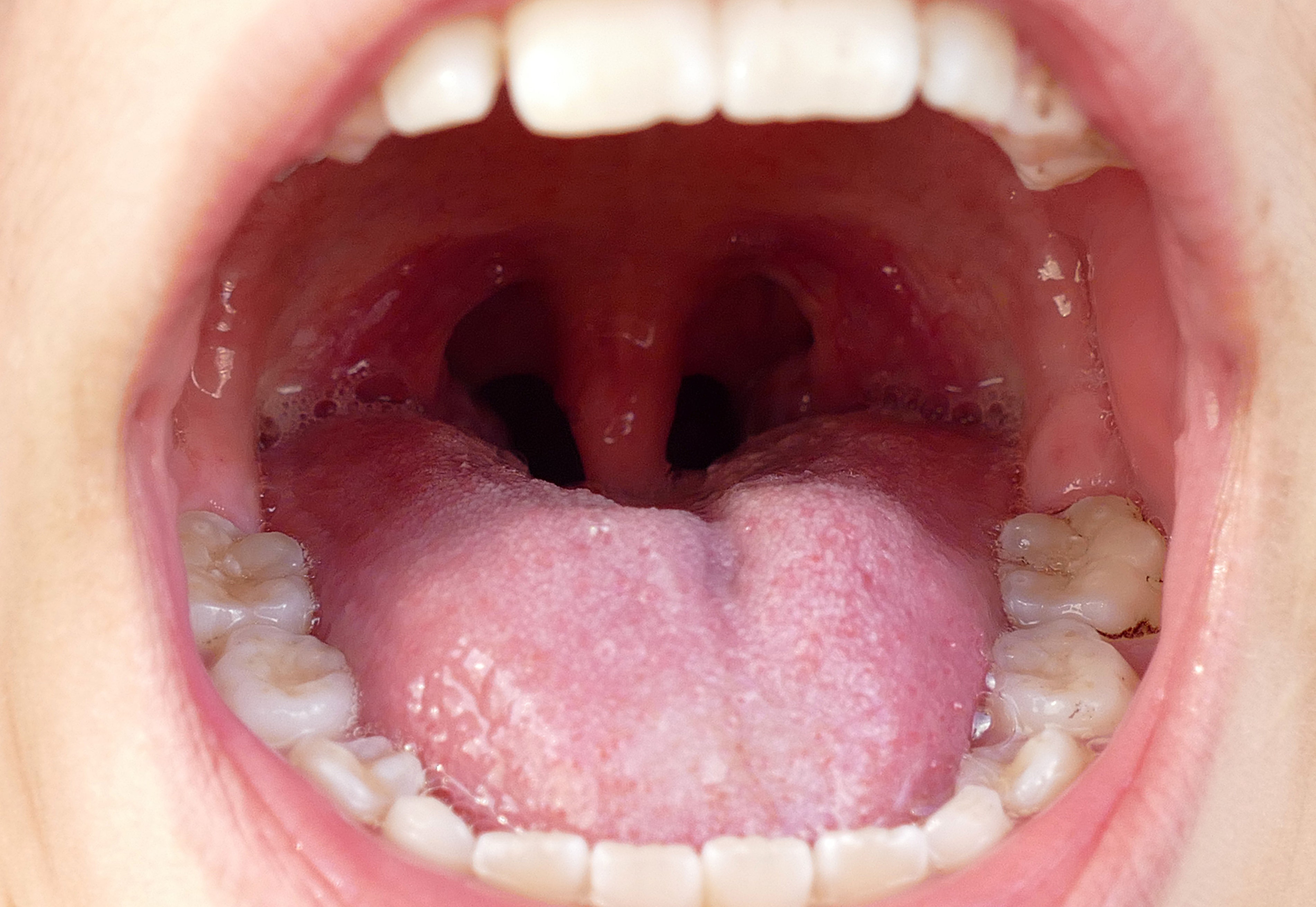
What are tonsil stones — and how do you know if you have them? Fox News
Tonsil stones (aka tonsil calculi or tonsilloliths) are yellowish or white calcifications that develop on the tonsils—the fleshy pads that line the back of the throat. They can be as small as a grain of rice grain or as large as a grape.In general, tonsil stones are caused by an imbalance in the oral microbiome, but specific causes can vary.
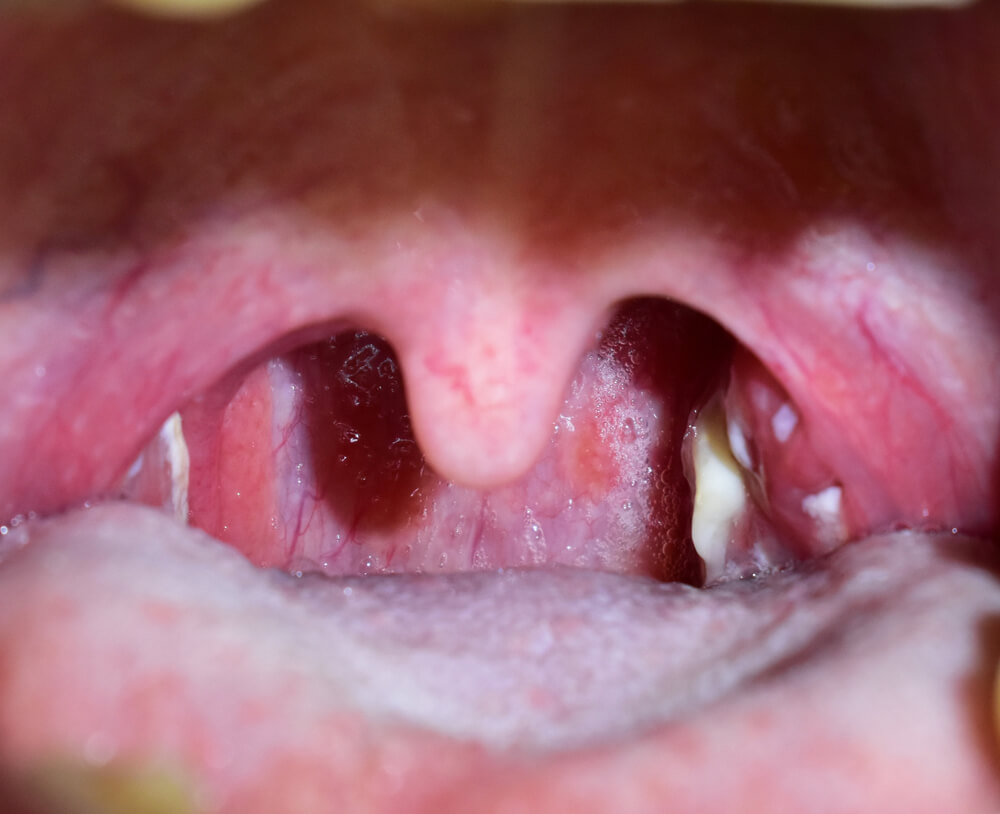
Tonsil stones six ways to know if you have them Step To Health
Tonsils are two almond-shaped structures located on either side of the tongue. These unassuming structures sit in a small hollow and are covered by a thin sheet of mucous membrane and muscle. The tonsils continue upwards and meet with the soft palate - an important area of the throat for singing. Contrary to popular belief, tonsils are important.

What causes tonsil stones? Treatment, Prevention Pristyn Care
The tonsils sit in the throat, influencing vocal tract shape. The voice can be impacted even if the vocal cords are not the target of the surgery. Tonsils affect the voice when they are present, and scar tissue from tonsillectomy can also therefore affect the voice.

Tonsil Stones Causes, Symptoms and Treatment Options Dr. Axe
almond-white deposits of oral debris. Tonsil stones occur when bacteria and other debris collect in the irregular surface of the tonsils. Tonsils catch bacteria and viruses in the mouth and throat. However, they can also trap bits of food, mucus, and dead cells. When the collection first forms, it is usually soft.
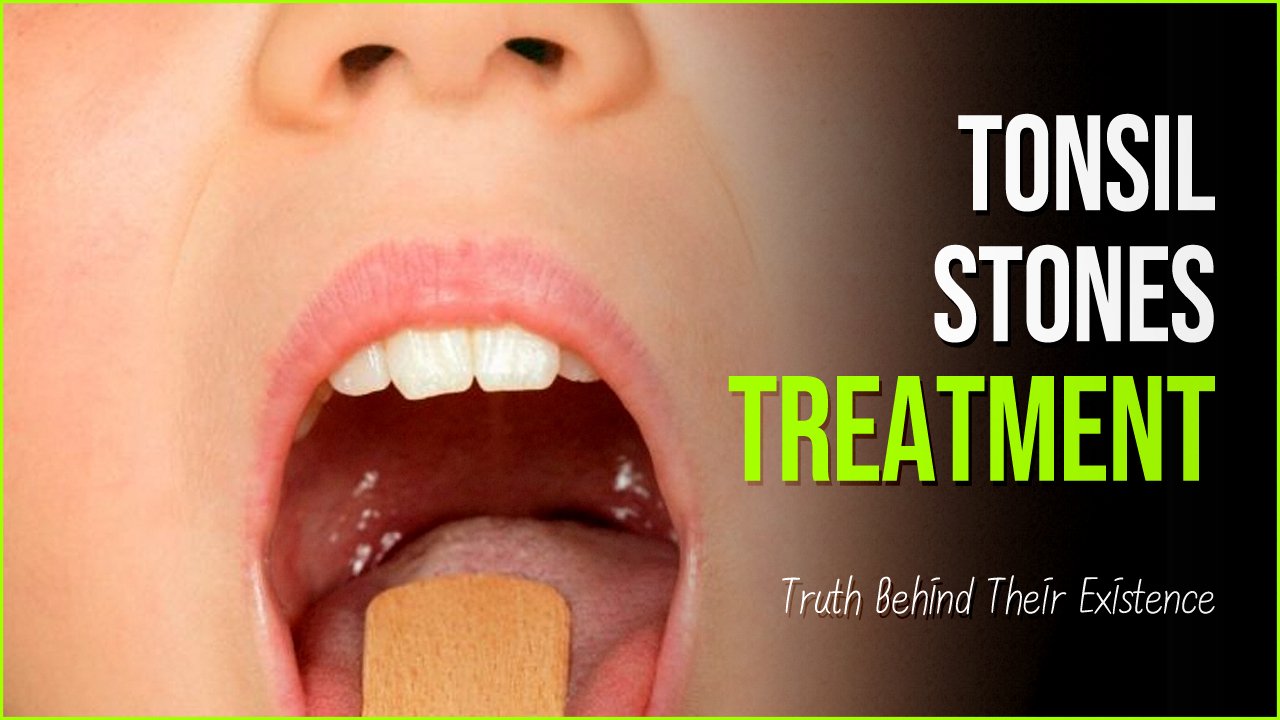
Tonsil Stones The Truth Behind Their Existence And How To Treat Them
Tonsil stones (also referred to as tonsilloliths or tonsilliths) are in fact deposits that can form in the crevices and pits on the surface of the tonsils (usually because of the buildup of.
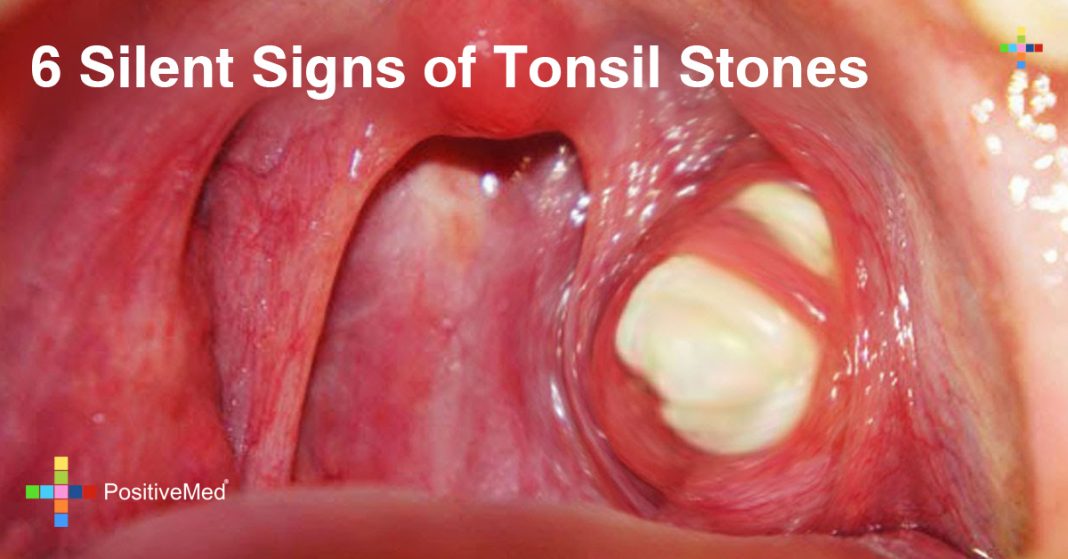
6 Silent Signs of Tonsil Stones You Need to Be Aware of
Tonsil stones are small, hard lumps that form on the surface of the tonsils due to a buildup of debris. Treatment typically involves surgery to remove the tonsils. In this article, we will.
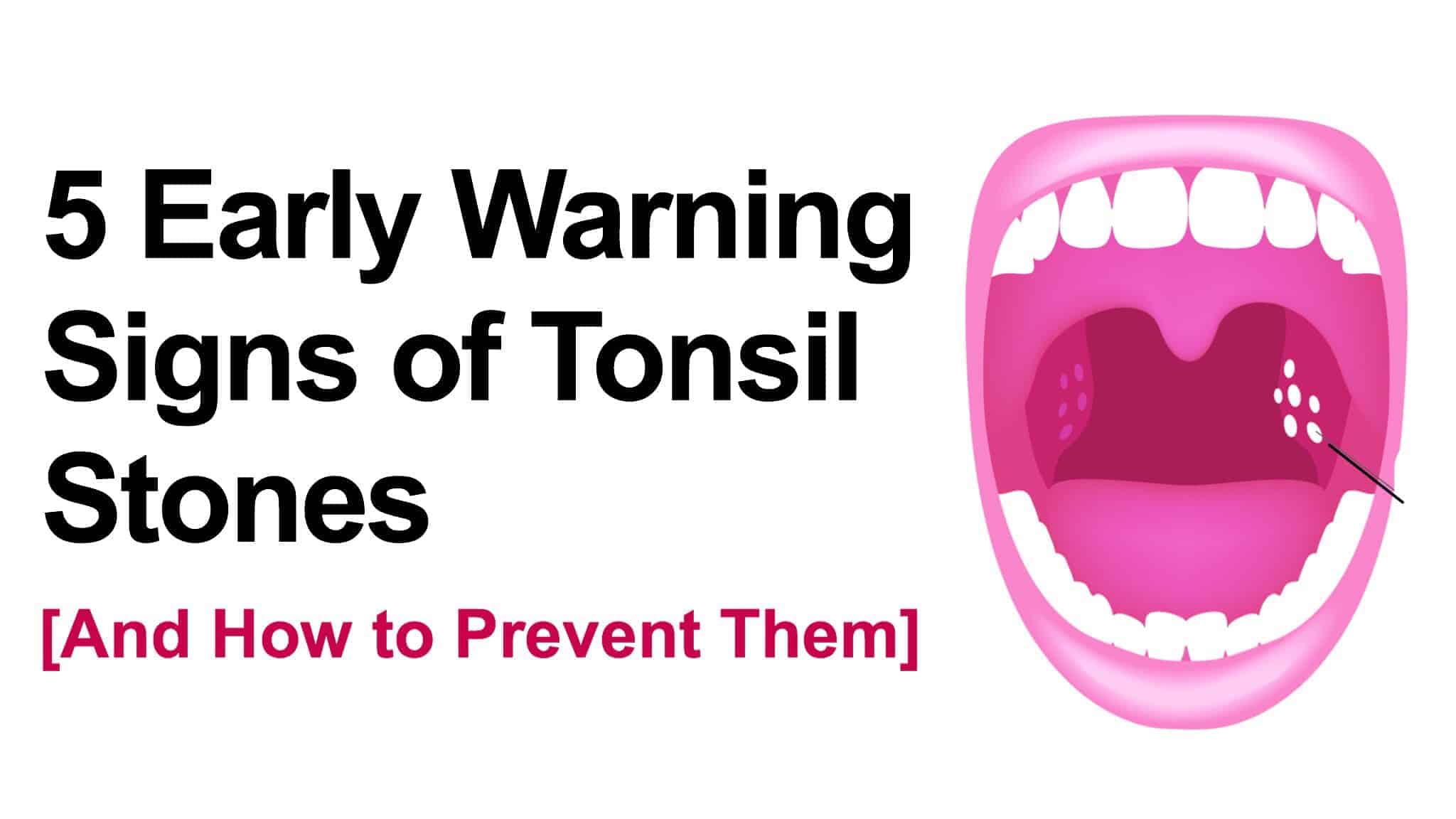
5 Early Warning Signs of Tonsil Stones (And How to Prevent Them)
Tonsil stones, or tonsilloliths, are hard, sometimes painful bits of bacteria and debris that get stuck in nooks on your tonsils. Your tonsils are gland-like structures in the back of your.
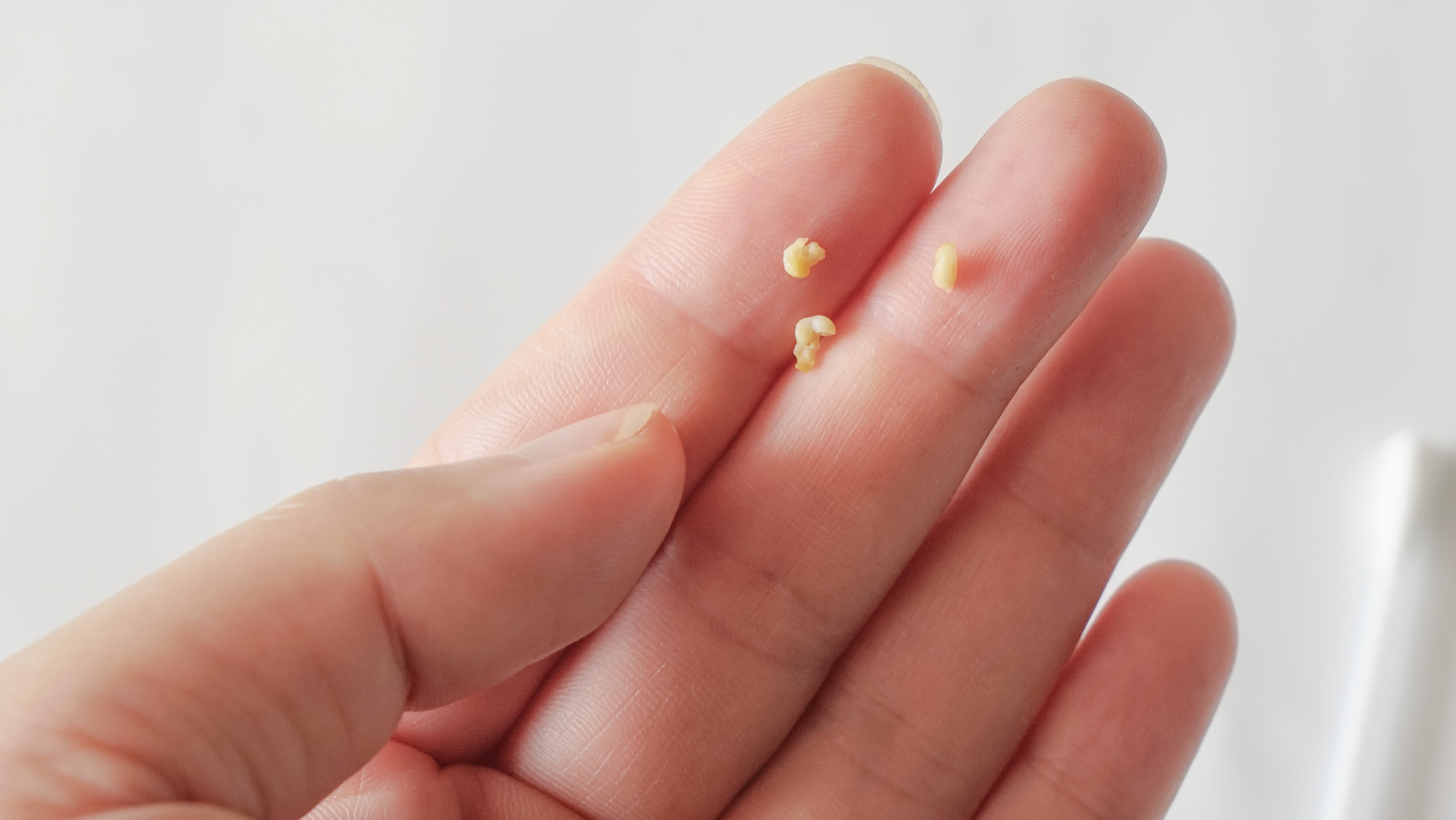
Tonsil Stones Explained Causes, Symptoms, And Treatments
A tonsillectomy is a surgical procedure in which the palatine tonsils are removed. Similarly, an adenoidectomy is when the adenoids (pharyngeal tonsils) are removed. If all goes well during surgery, you have nothing to worry about in terms of your voice changing!

more tonsil stones YouTube
A tonsillectomy is a surgical procedure that involves removing the tonsils. The reasons to have a tonsillectomy are: frequent infections of the tonsils (not simply frequent colds) culture proven Strep infection of the tonsils snoring/sleep problems related to large tonsils history of complication from tonsillitis (abscess) one larger tonsil

Tonsil stones part 3 YouTube
Tonsil stones, also known as tonsilloliths or tonsilliths, form when food particles, bacteria, mucus, and saliva become trapped in these crevices, or crypts. (2,3) RELATED: One of the best ways.
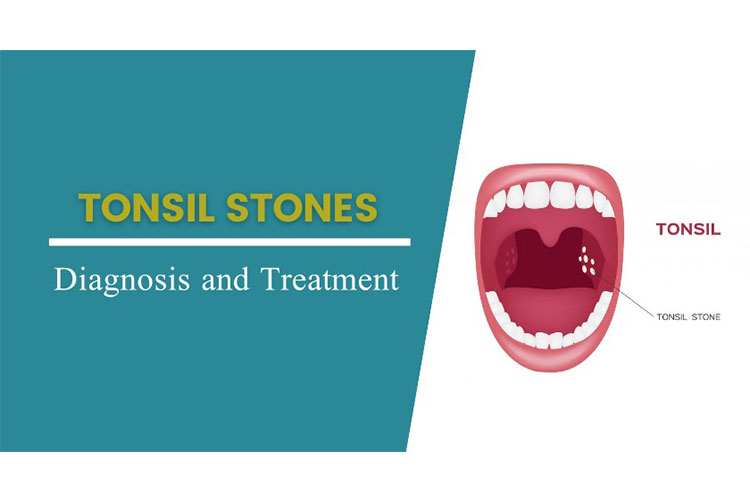
Tonsil Stones
Tonsil stones are small lumps of calcified (hardened) material that form in your tonsils' nooks and crannies. They consist of hardened minerals (like calcium), food debris and bacteria or fungi. They're rarely harmful, but they can cause bad breath, sore throat, earache and other symptoms. The medical term for tonsil stones is.
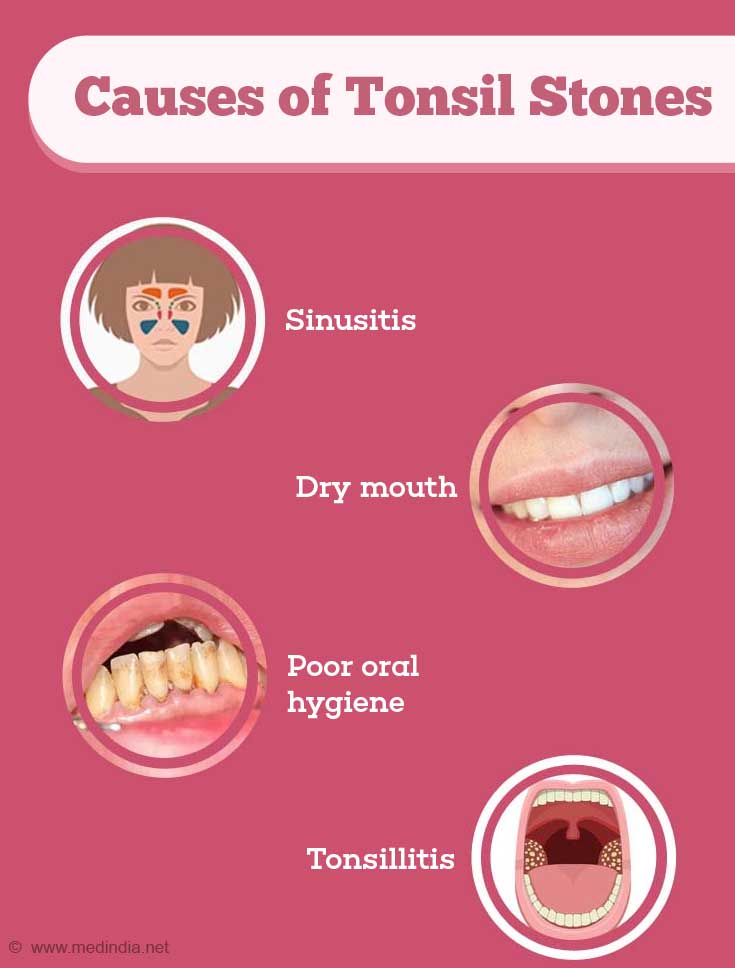
Tonsil Stones Causes, Symptoms, Diagnosis, Treatment and Prevention
Tonsil stones can range in size from 1 millimeter to 1 centimeter (cm) in diameter. One 2018 case study reported a large tonsil stone measuring 3.1 cm by 2.3 cm.. Tonsil stones form on the.
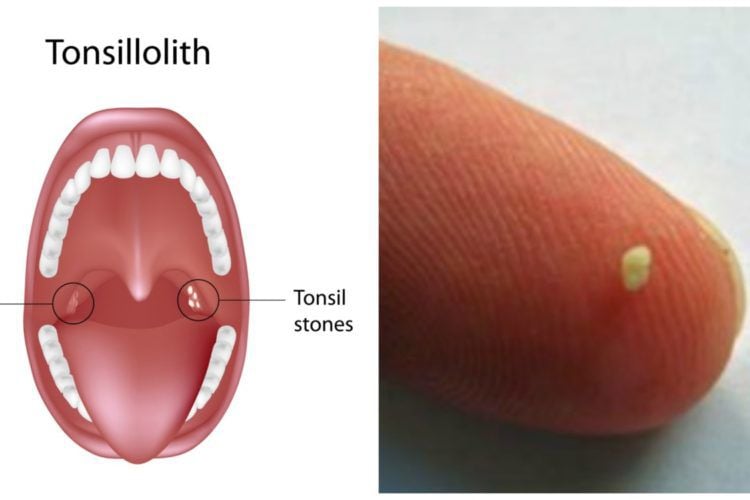
Early Tonsil Stones Tonsil Stones Removal Tips
Tonsil stones, also known as tonsilloliths , are clumps or lumps that form when debris becomes trapped in pockets in the tonsils —the mounds of tissue in the back of the throat. A tonsil with a tonsil stone may look like it has a crack with a small, pebble-like mass wedged inside it.

Tonsils Stone Removal, Causes & Treatment 2021 YouTube
Tonsil stones are hard white or yellow formations that are located on your tonsils. In many cases, you can use home remedies to dislodge tonsil stones, but in some cases, you may need.

Pin on Tonsil Stones
Key facts. Tonsil stones are small lumps of hardened material that can form in your. They can cause bad breath, an irritating cough, earache, sore throat and/or a bad taste in your. Good oral hygiene, including gargling with warm salt water, can helpmanage most tonsil stones. In rare cases, an ear, nose and throat (ENT) specialist may need to.

Tonsil stones removal l Wrost Tonsil stones removal l Big Tonsil Stones l Tonsil stones
Tonsil stones are small lumps of hard material that form in the tonsils. Tonsil stones are usually not painful or harmful but they can cause bad breath. They are also called tonsilloliths.